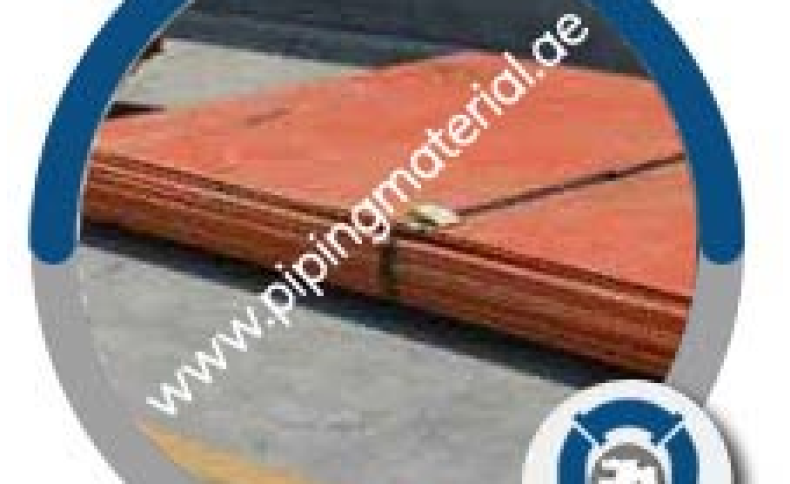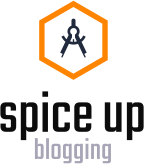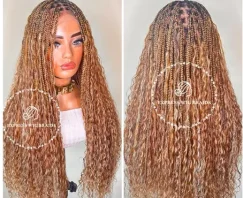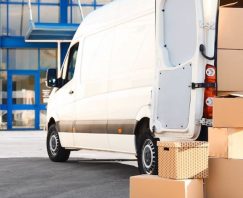Corten steel plate suppliers
February 7, 2023 - 0 COMMENTS

What is the difference between steel and Corten steel?
The above question is plagiarized used instead
What makes steel different from Corten steel?
The title “environmental corrosion protection alloy” might be more appropriate for the climatic-resistant metal known as Cortex steel (also known as Cor-Ten). This steel is a mixture made of copper and chromium, and when contrasted to certain other steels, it exhibits a higher degree of susceptibility to environmental weathering. In response to the action of the climate, the steel develops a protective coating on its exterior.
By having a specific pattern and quantity of intermetallic compounds inside it, the protective layer’s ability to prevent corrosion is created. In response to the effect of the climate, the layer defending the outer layer strives to develop as well as regrow. In other terms, the ‘barrier protection’ covering forms because the steel was permitted to corrode. Because of the presence of copper, Corten has a little brighter, more orange aspect, whereas both other steel and Corten acquire attractive, warmth, diverse brown hues with time.
Corten steel sheet prices vary based on a variety of variables, including the duration of your construction, the width and condition of the alloy utilized, as well as any extra features you decide to include in your construction process. Regular steel costs vary depending on where you reside, where you purchase it, whether it has already been completed, and other factors. You can consult various Corten steel plate suppliers more details.
What are the disadvantages of Corten steel plate?
Utilizing Corten steel sheet has the drawback that it does not completely rustproof. When utilized in structures, locations where water collects in niches may see greater rates of rusting because persistent moisture prevents the oxide from crystallizing. Users should be cautious while hanging steel artwork outside due to the possibility of moisture accumulating. Rust stains on neighboring surfaces may result from the beginning surface deterioration of Corten steel.
Utilizing techniques that discharge loose Rust materials onto neighboring surfaces will prevent this. Selecting the ideal steel visual design will lessen this risk. Not all environments are suitable with corten steel. Moist environments can make it vulnerable. The alloy may remain to corrode in certain places because the protecting coating may not adequately develop there. Similar safety measures are needed while welding Corten alloy as when welding steel.
Both mechanically and automatically, it can be welded. However, in some instances, a particular filler metal may be required to create the weathered steel seam. The right welding supplies and soldering circumstances must be utilized in order to achieve the same mechanical characteristics in the seam and the supporting structure.
What is wear resistant steel plate material?
Wear-resistant steel offers great wear resistance, as the term implies. Hardness is the main characteristic of wear resistant steel plate. Steel with low carbon content plate as well as an alloys wear-resisting layer make up the composites wear-resisting steel sheets. The alloying wear-resistant steel layer typically makes about 1/3 to 1/2 of the overall thickness and contains up to 5 percent of chromium and 4 percent of carbon. Over 50% of the Cr7C3 carbide’s bulk regarding elemental compositions.
At heats above 250 degrees Celsius, wear-resistant steel sheets should not be used since the temperature may alter the substance’s features. The alloy is quenched, that increases wear resistance. It can also be tempered to increase hardness. Smaller HBs typically offer good weldability and chilly bending characteristics. General terms, weldability does not decrease as hardness rises. High briness hardness (HB) steels are designed for situations requiring resistance to wear or friction is crucial.
The advantage of utilizing an abrasion-resistant alloy is that the proper functioning of the construction, equipment, or facility can be greatly increased. The dependability, longevity, and protection of structures and machinery can all be considerably improved by this. It also aids in lowering services fees linked to equipment wear and breakage. Tensile strengths of roughly 1250MPa and yields of approximately 100MPa are typical for 400HB metal.
What is the difference between abrasion and wear resistance?
The above question is plagiarized, so used instead,
What distinguishes abrasion from wear resistance?
Abrasion & wear are frequently seen as one and the identical. But they do differ slightly in several ways. Wear is the removal of material from a steel sheet surface. In general, this procedure is gradual. Among the acts that might wear something out is abrasion. It results from the mechanical agitation of scratching the surfaces with the other substance.
The capacity of objects and structures to tolerate abrasion is referred to as abrasion resistance. The capacity of a substance to withstand material losses incurred by a mechanical means is referred to as wear resistance. Establishing a complicated network of interconnected attributes is necessary in order to simulate wearing degradation in a laboratory environment.
Abrasion is the process that leads to wear, whereas wear is “the eroding off of any surface material of a substance by scraping against some other component. A piece of the surface material gets removed by some sort of mechanical force in a process known as wear abrasion.
Is there an import duty on Corten steel plate in Bahrain?
Yes, Bahrain has an import tax on Corten steel plate. The Commission for the financial as well as economic Coordination of the GCC Member states sets taxation rates. Less than 20% of the total value of your steel plates would be subject to import tax for each delivery. Import taxes is often 5% of the cost, which includes insurance, as well as freight (CIF).
Exclusively transactions involving real estate are subject to stamp duty, which is assessed at a cost of 2%. The amount of the custom duties is decreased to 1.7% in cases when the payment is made within two months of the date of the transaction.
Based on the type of economic activity, employers are required to pay application and license costs varying between BHD 25 and BHD 1,000. Besides from payments to social security, there aren’t any payroll taxes. A 10% provincial charge is charged for renting out both commercial and residential space to foreign citizens.







